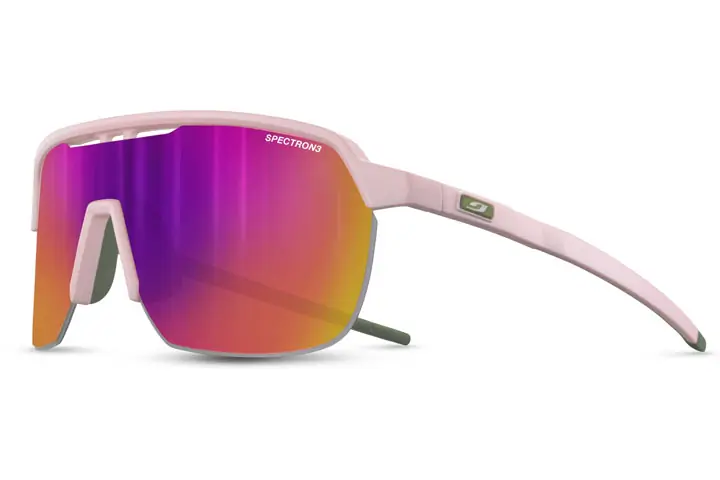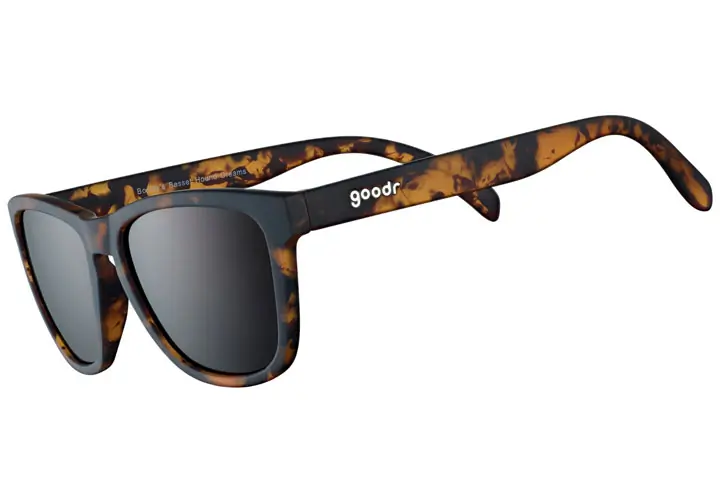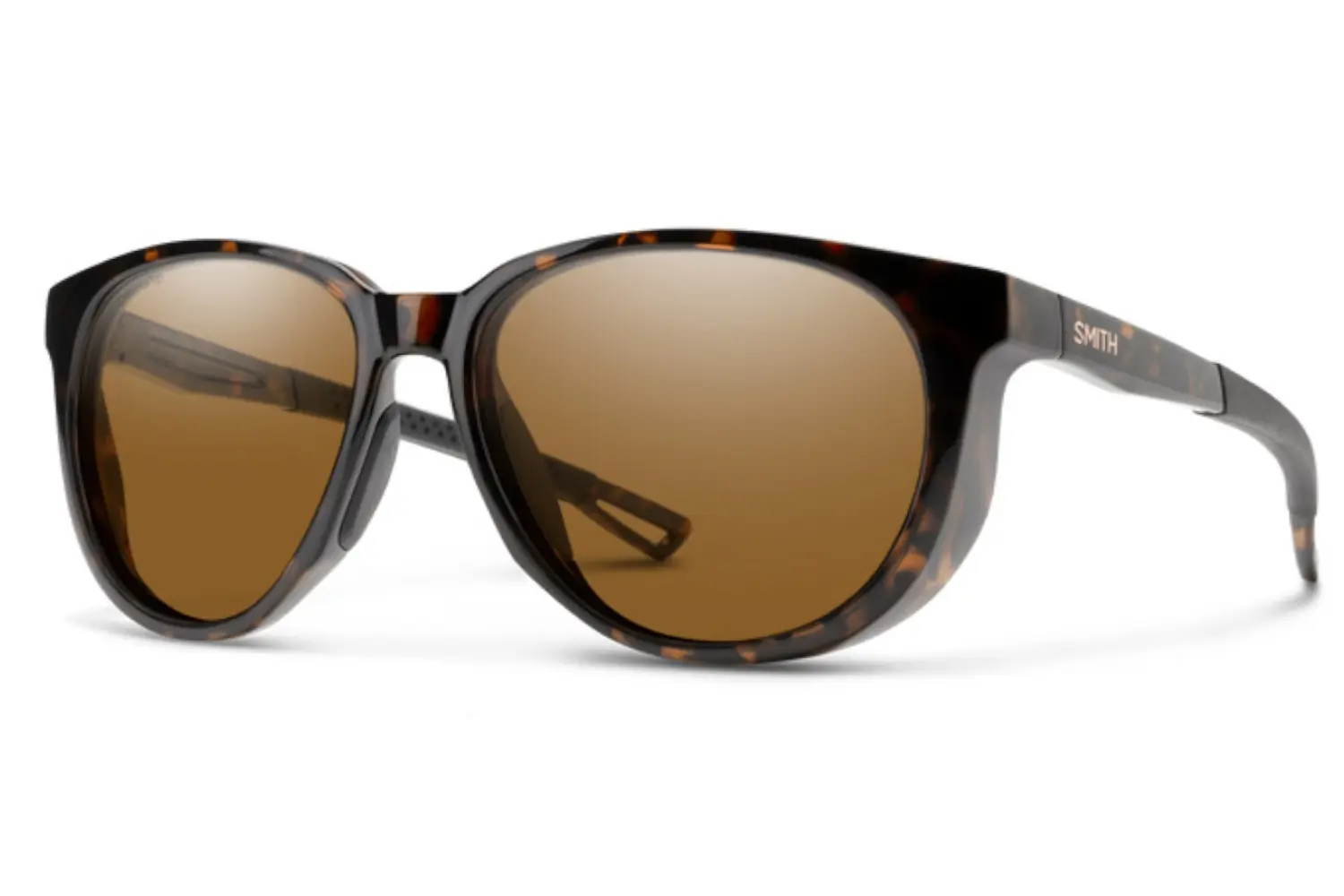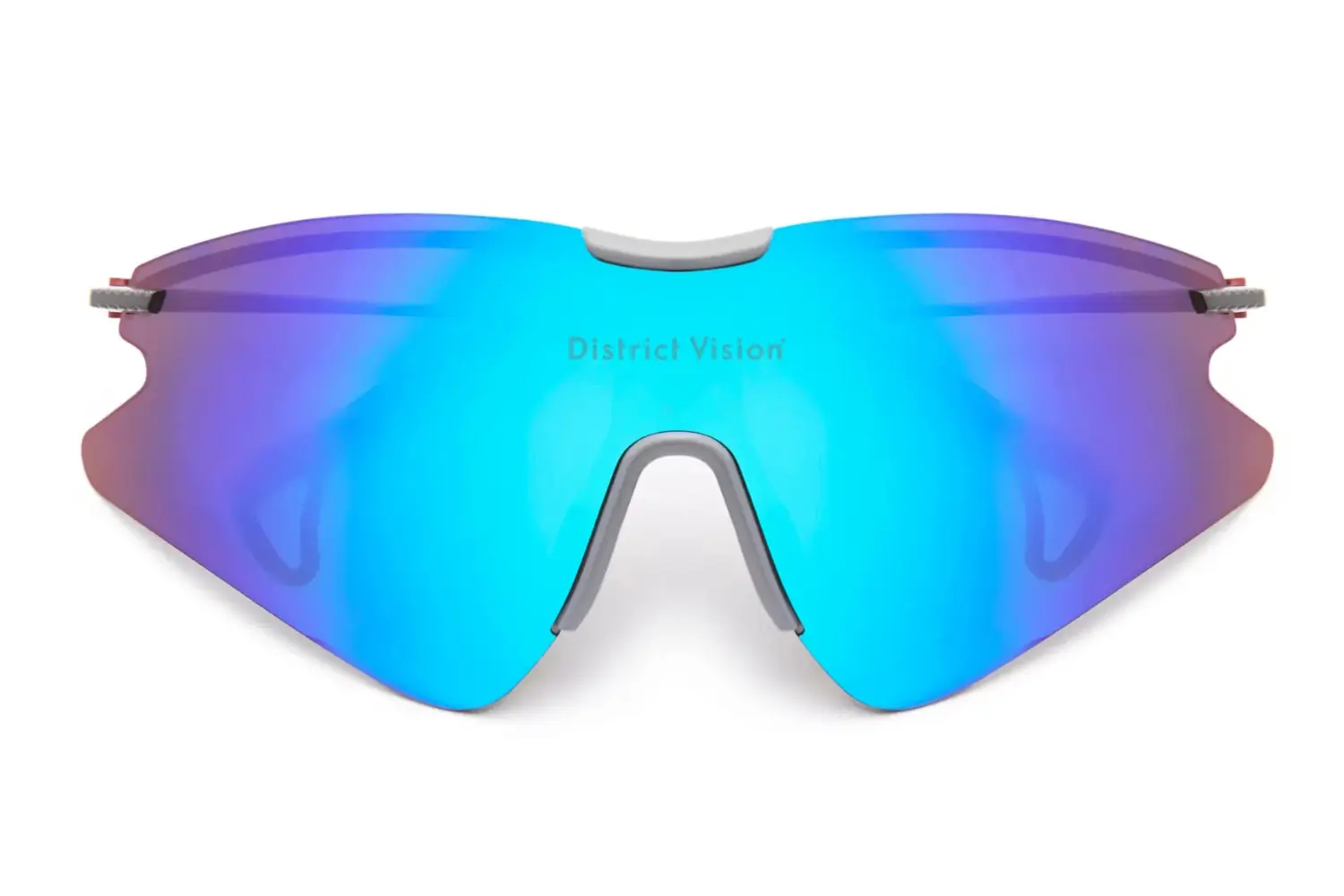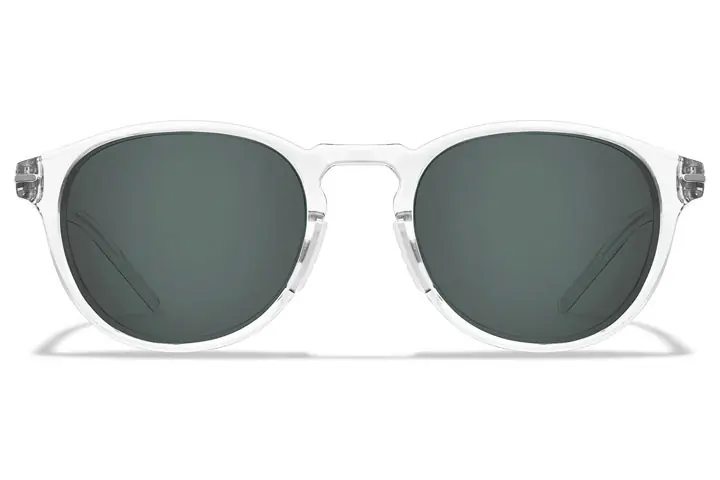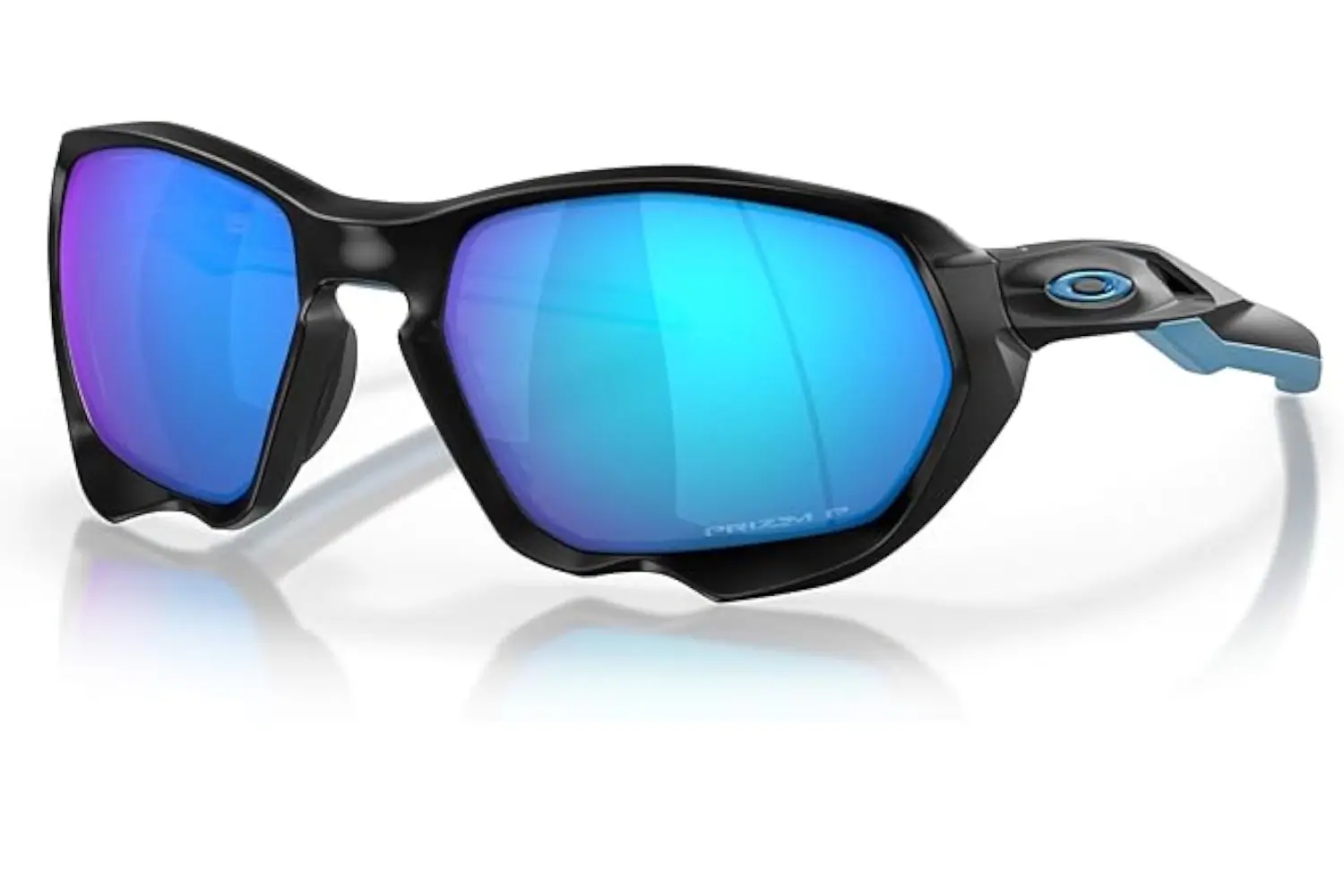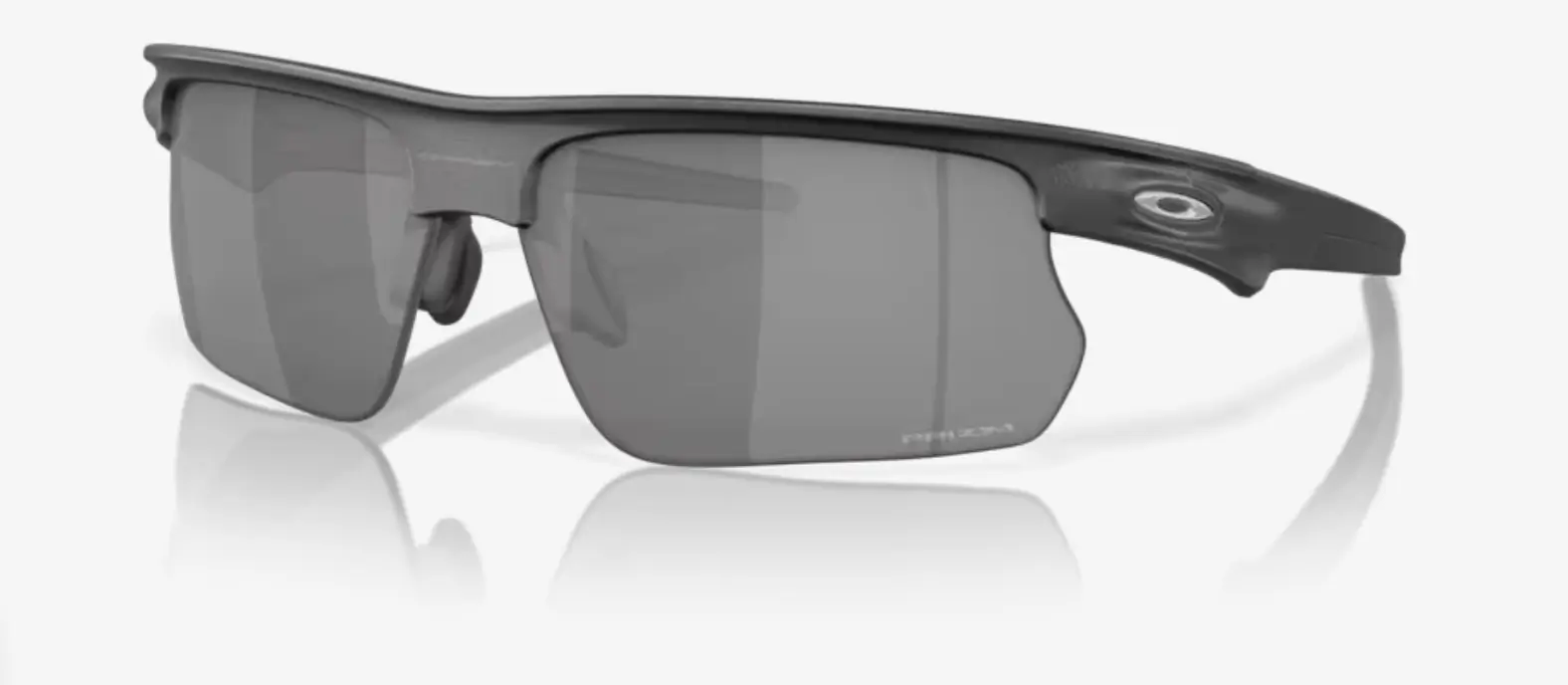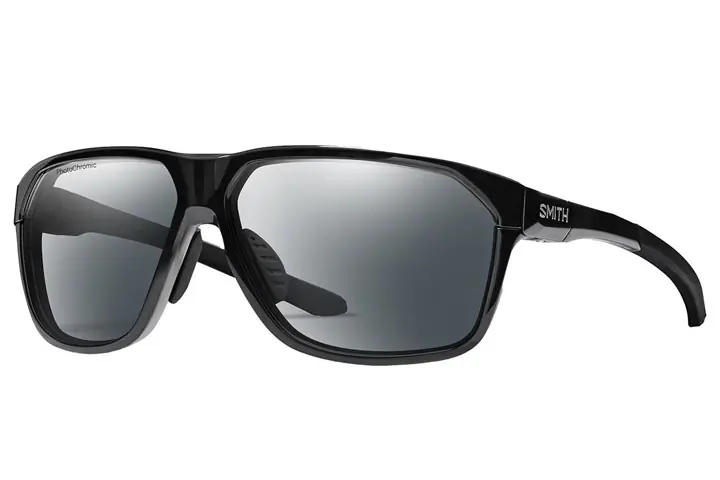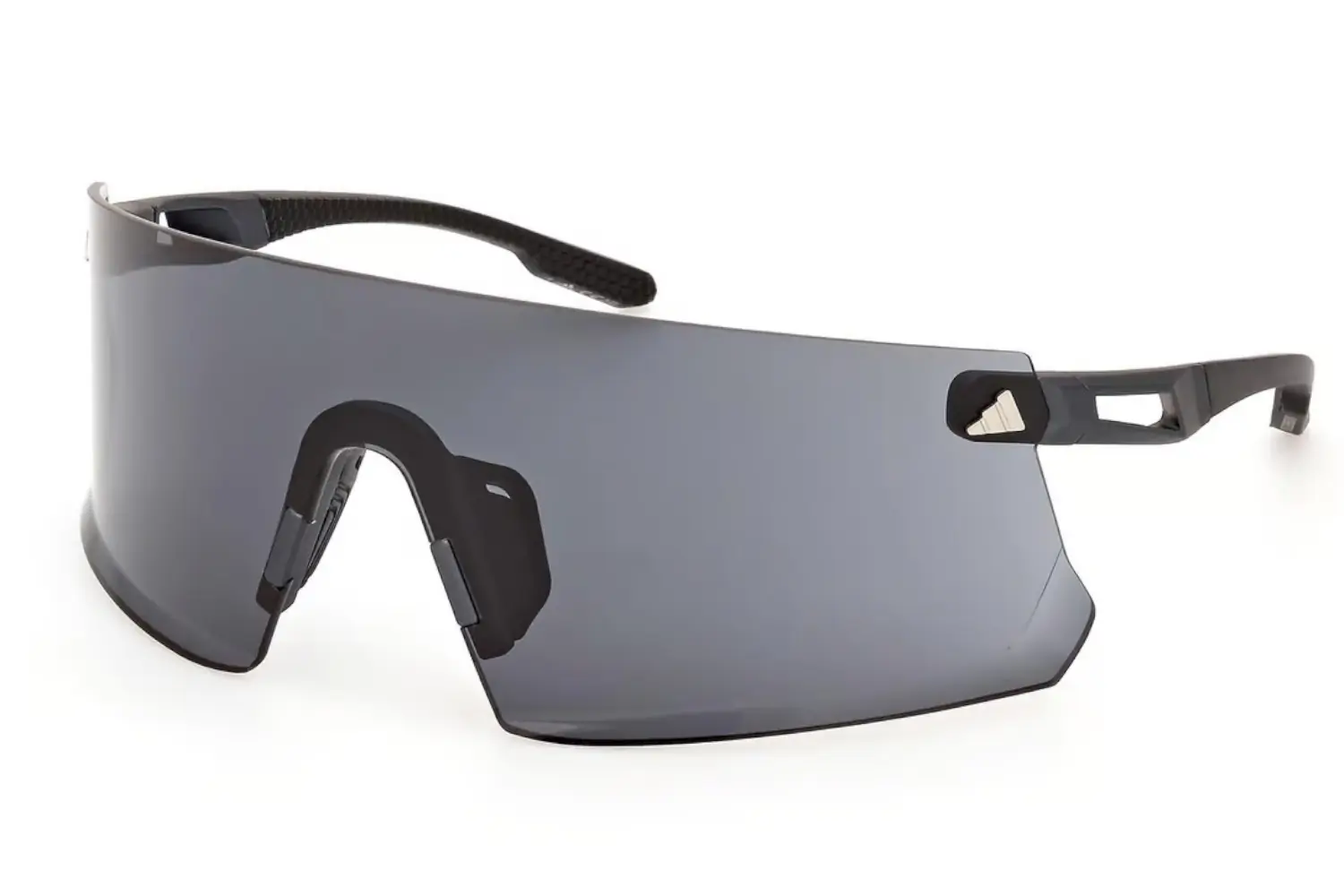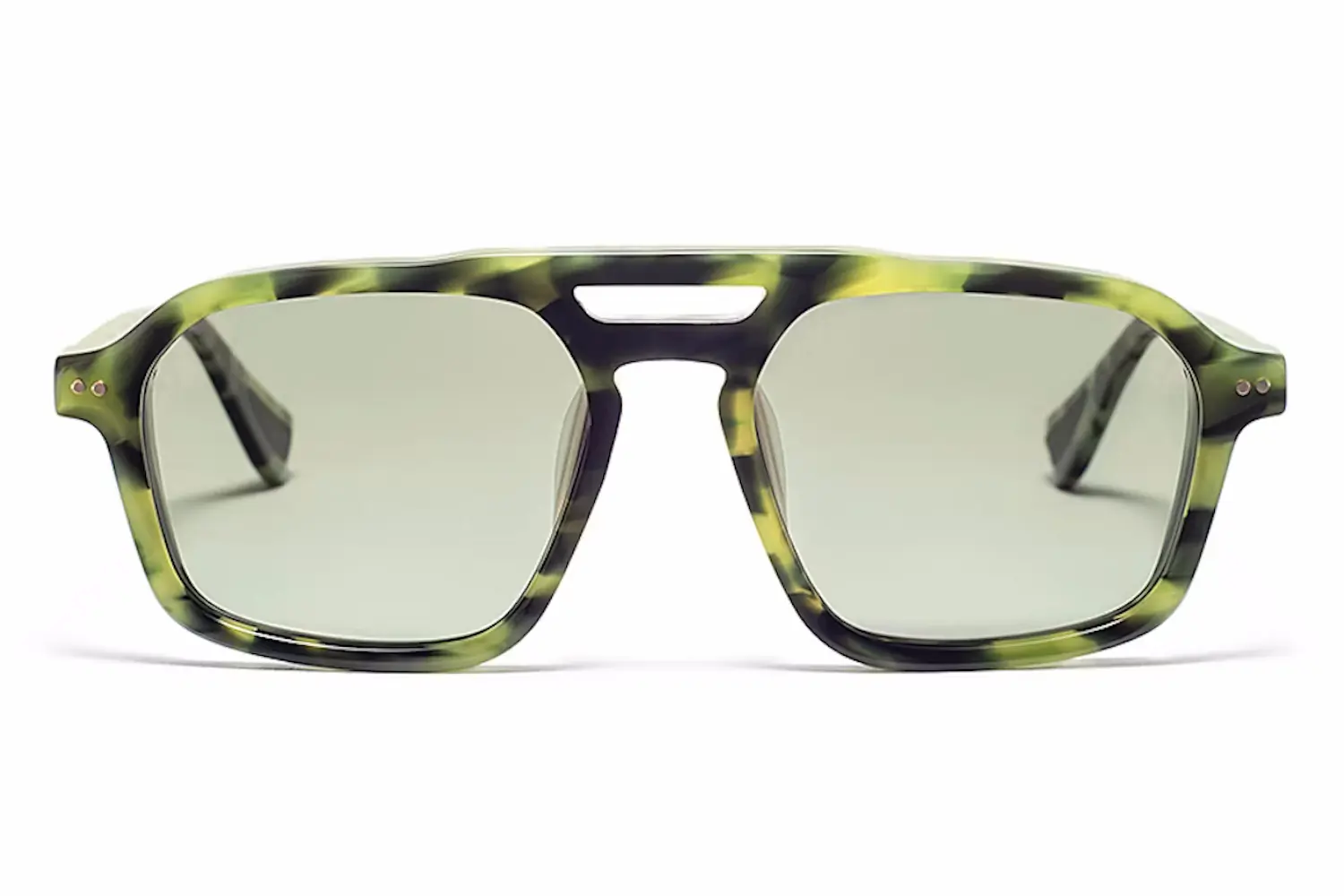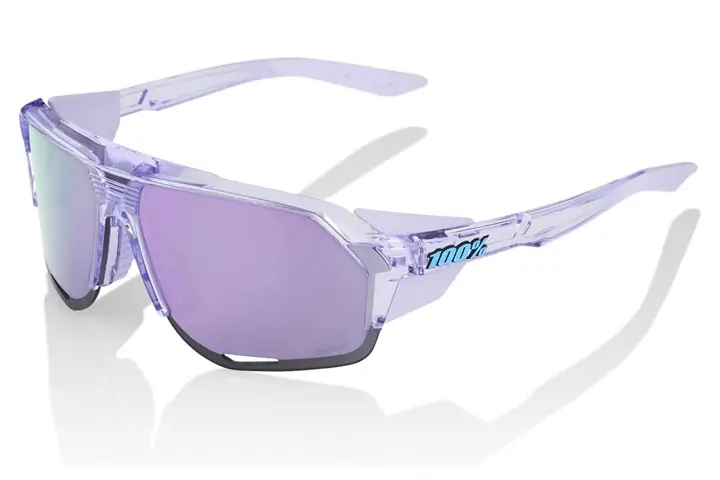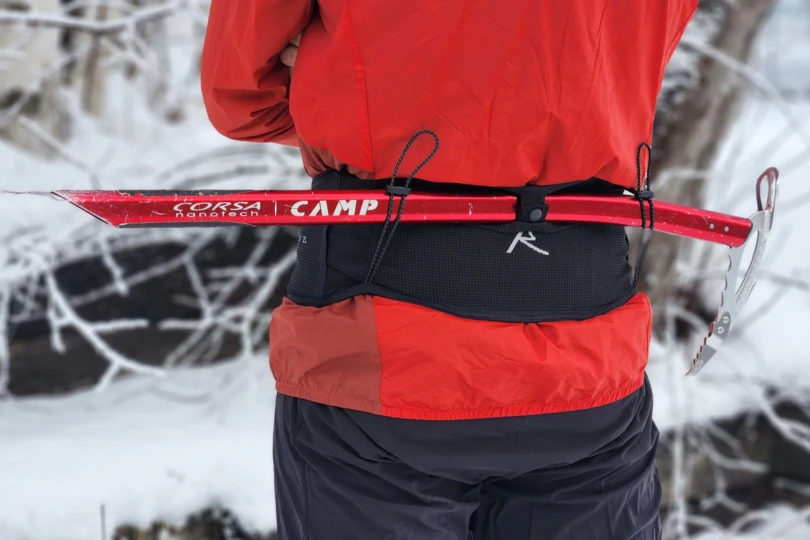The best running sunglasses are necessary tools for runners — their lenses filter out harmful UV rays and prevent a sunburn on the eye, which has to be one of the most painful places one can burn themselves.
Not only do sunglasses provide optical shade, but they also tell you just about everything you need to know about a fellow runner before you even meet them. We’re not saying to judge a book by its sunglasses, but we’re not not saying that. Sunglasses are a must-have to protect runners from the sun, wind, bugs, and other various disturbances floating in the air.
However, they also need to give runners a chance to flex their personal style. Running sunglasses come in all shapes and sizes, from the Goodr OG’s wayfarer styles to Article One x Mission Workshop’s frames for lounging at an ocean villa post-run to retro-futuristic shades like the Julbo Frequency.
In a world with endless variety and new brands coming out of the woodwork each day, we have been testing dozens of sunglasses to help you pick the best ones for you. Read on for our favorites, plus a few more honorable mentions.
Editor’s Note: Freshly updated on April 11, 2025, so you can catch some rays while protecting your retinas, we’ve tested and reviewed the Oakley Bisphaera.
The Best Running Sunglasses of 2025
Julbo Frequency
- Lens Tested: Photochromic REACTIV 1-3 High Contrast
- Frame Material: Bio-sourced Rilsan
- Best use: Long runs in unpredictable climates
Pros
- Wide lens covers nearly the entire field of vision
- So light you barely know they’re there
- Photochromic lens is suited for varied conditions
Cons
- Just on the verge of being too fragile for our liking
Goodr OG
- Lens Tested: Non-reflective polarized
- Frame Material: Plastic with soft-touch coating
- Best Use: Weekday run club runs, a slow Sunday jog, ultra running
Pros
- Very affordable
- Come in a huge range of colors and classic styles
- Excellent fit for a $25 pair of sunglasses
Cons
- Frame coating may irritate skin at contact points
Smith Seeker
- Lens tested: Photochromic Brown Lens
- Frame material: Evolve bio-based
- Best use: Cloudy days on the trail, changing conditions, running to your favorite fishing spot
Pros
- Multiple lens options
- Comfortable for any face shape
- Great for a variety of sports
Cons
- Lens options can quickly bump up the price
District Vision Kohei Aero Blade Ti
- Lens Tested: D+ therapeutic-grade lens
- Frame Material: Titanium
- Best use: Long runs, trail running
Pros
- Stay comfortable even after hours of running
- Therapeutic-grade lenses reduce eye strain
- Titanium frame is nearly indestructible
Cons
- Price might turn some people off
- Lenses are very easy to smudge
Roka Oslo 2.0
- Lens Tested: Dark Carbon Polarized
- Frame Material: Injection-molded nylon
- Best Use: Easy runs, run club, sipping a martini in Monaco
Pros
- Perfect blend of casual style and performance tech
- Super lightweight
Cons
- Frames can be a little slick when sweaty
Oakley Plazma Prizm Road
- Lens Tested: Oakley Prizm Road
- Frame Material: Nylon composite
- Best Use: Road running
Pros
- Shade the entire field of vision
- Above average comfort at every contact point
Cons
- Frame design may not be for everyone
- Road lens isn’t ideal for dusk or other low-light conditions
Other Great Running Sunglasses We Tested
- Lens Tested: Prizm Field
- Frame Material: Oakley O Matter Nylon Composite
Pros
- Frames are very comfortable
- Lots of lens options
- Oakley has top-tier pedigree
Cons
- Lens shape may not appeal to some
- Lens Tested: ChromaPop Red Mirror
- Frame Material: TR90 nylon
- Best Use: Long outings with variable lighting, runners who like to run day and night
Pros
- Comes with additional set of low-light lenses
- High quality feel
- ChromaPop lenses really do make detail pop
Cons
- Changing lenses adds opportunity to break the frame
- Lens tested: Mirror Violet
- Frame material: Plastic
- Best use: Track days, speed workouts, channeling your inner Olympian
Pros
- They cover your entire field of vision
- Extremely lightweight
- Good variety of lens options
Cons
- Fit close to the face
- Not a versatile option
- Lens Tested: CR39 polarized lenses
- Frame Material: Hexetate acrylic resin
- Best Use: Club runs, easy runs
Pros
- Lenses are crisp and clear
- The fit is second to none
Cons
- Some might not like the extra flex at the hinges
- Less performance-oriented than others
- Lens tested: HiPER Lavender Mirror
- Frame material: Grilamid TR90 nylon
- Best use: Running on high-UV days or mountaineering in high exposure
Pros
- Comes with a hard case, soft cloth, multiple nose pieces and a set of clear lenses
- Removable plastic shades at the temples eliminate peripheral bright UV
Cons
- 100% is an up-and-coming brand that folks may only know from the moto world
Running Sunglasses Comparison Chart
| Running Sunglasses | Price | Lens We Tested | Frame Material | Best Use |
|---|---|---|---|---|
| Julbo Frequency | $230 | Photochromic REACTIV 1-3 High Contrast | Bio-sourced Rilsan | Long runs in unpredictable climates |
Goodr OG | $25 | Non-reflective polarized | Plastic with soft-touch coating | Weekday run club runs, a slow Sunday jog, ultra running |
| Smith Seeker | $245 | Photochromic Brown Lens | Evolve bio-based | Cloudy days on the trail, changing conditions, running to your favorite fishing spot |
District Vision Kohei Aero Blade Ti | $635 | D+ therapeutic-grade lens | Aerospace-grade titanium | Long runs, trail runs |
| Roka Oslo 2.0 | $220 | Dark Carbon Polarized | Injection-molded nylon | Easy runs, run club, sipping a martini in Monaco |
Oakley Plazma Prizm Road | $202 | Prizm Road | Nylon composite | Road running |
| Oakley Bisphaera | 252 | Prizm Field | Nylon composite | Trail runs |
Smith Leadout PivLock | $225 | ChromaPop Red Mirror | TR90 nylon | Long outings with variable lighting, runners who like to run day and night |
| Adidas Dunamis | $159 | Mirror Violet | Plastic | Track days, speed workouts, channeling your inner Olympian |
Article One x Mission Workshop | $255 | CR39 polarized lenses | Hexetate acrylic resin | Club runs, easy runs |
100% Norvik | $149 | HiPER Lavender Mirror | Grilamid TR90 nylon | Running on high UV days or mountaineering in high exposure |
How We Tested Running Sunglasses
Our Expert Tester
Lead tester Will Porter is a lifelong runner and sunglasses aficionado who really can’t stop collecting any and every frame he can get his hands on. In his testing for this roundup, he wore sunglasses on the sides of mountains in the Tetons, on the roads in Brooklyn, and from the sea to the desert in California.
Our Testing Process
When we first get our sunnies, we wear them everywhere: to the gym, while we’re walking the dog, while we’re driving. It’s fun to start with the mundane when testing sunglasses. You can learn what the glare looks like on a chrome Dodge Ram or how your eyes adjust as the sun dips in the evening.
Once we get comfortable in our shades, we kick off our actual running tests, and the rest is history. We take our sunglasses on road runs, trail runs, and anywhere our legs can take us. While we rack up the miles, we’re taking note of whether the glasses tend to slip down, if there are any sore points on our ears or noses, and how effective the lenses are at blocking glare. The best of the best make it onto this list.
While this article focuses exclusively on running sunglasses, we’ve got plenty more sunglass roundups. If you’re looking for different shades, check out our roundups of the best sunglasses for the outdoors, the best driving sunglasses, and the best fishing sunglasses.
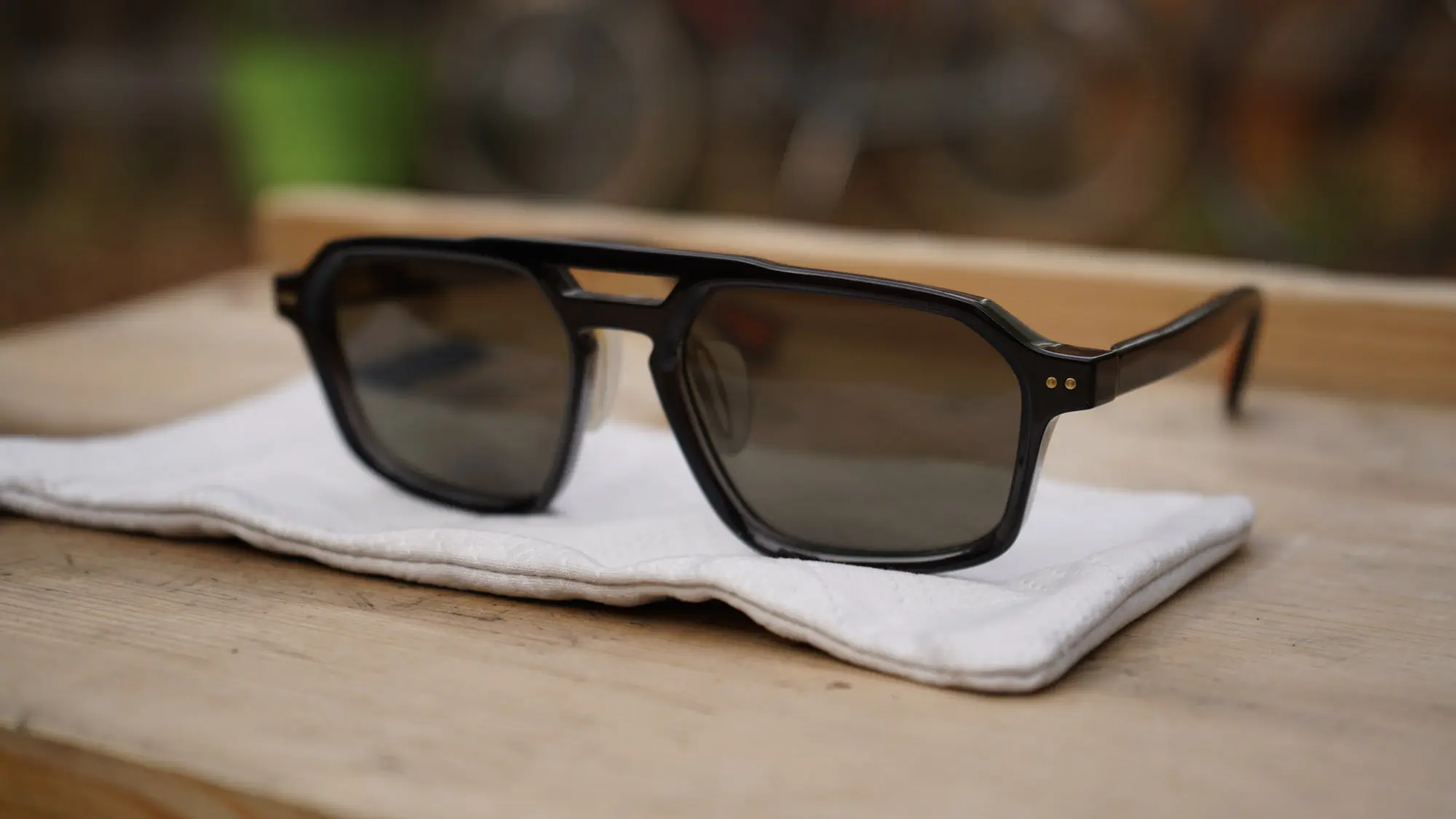
Buyer’s Guide: How to Choose Running Sunglasses
Style
Trends in running sunglasses have lately returned to the 1980s and 1990s with loud, windscreen-like shapes that dwarf even those of us with bigger faces. But we have some good news for those who prefer something more standard: there are still so many options with a more subdued shape and profile.
No matter which way you slice it, style is a huge part of picking out a pair of sunglasses — look good, feel good, right? That might be a dorky mantra, but we really do think buying shades that suit your face will make you look forward to putting them on every day.
Lens Type and Features
Running lenses fall into three categories: standard, photochromic, and polarized.
Standard is a catchall term that is doing a lot of heavy lifting. Generally, standard just means any lens that isn’t photochromic or polarized. But when it comes to performance sunglasses, and running sunglasses in particular, high-end standard lenses could very easily be better than their more popular counterparts.
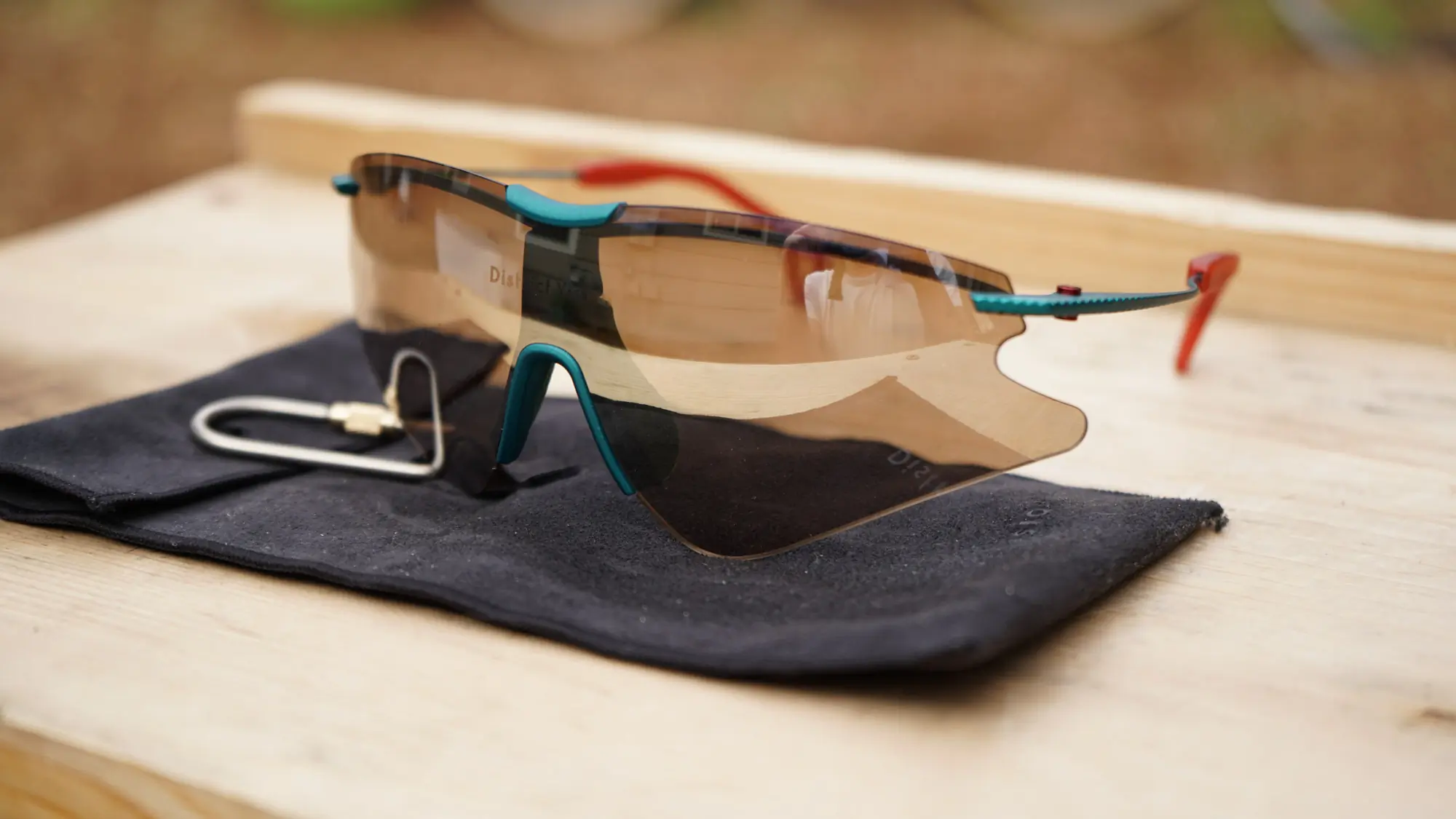



For example, the District Vision Kohei Aero Blade Ti we spoke about above has meticulously crafted lenses that use science-based data to prove just how helpful they can be for the wearer. DV is a great example, not only because of its inclusion here but also because of its commitment to creating a better lens that doesn’t have to be polarized to be “better.”
A photochromic lens, like the one on the aforementioned Julbo Frequency, is the gold standard when it comes to running in changing light conditions because of its ability to adapt. While they’re great for those who run from daylight into darkness or from alpine environments into the woods all in one run, they are expensive.
A polarized lens, like that found on the Smith Pinpoint With ChromaPop Polarized Lens, reduces glare and highlights obstacles in the road. This can help you see roots, potholes, and variations in the sidewalk more easily. Polarized lenses appear at both the bottom and top of the price spectrum for sunglasses, but lower-quality polarized lenses are easily damaged and scuffed. Also, keep in mind that polarized lenses can affect your depth perception.
Fit, Adjustability, and Comfort
As with all running gear, comfort has to be a top priority when choosing sunglasses. A poor fit leads to pressure points and endless distractions throughout your run. Throw on a running hat and some headphones, and suddenly, the space around your head is heavily congested. If you love to wear a hat when you run, make sure the shades you pick can peacefully coexist with your hat or other accessories.
Durability
All the sunglasses in this guide are reliably durable, but even the most bulletproof frames are susceptible to heavy damage. Make sure you really get your hands on a pair of shades before you buy them. Move them around in your hands, play with the temple hinges, listen for squeaks, and try to sneak a peek at how locked-in the lenses are.
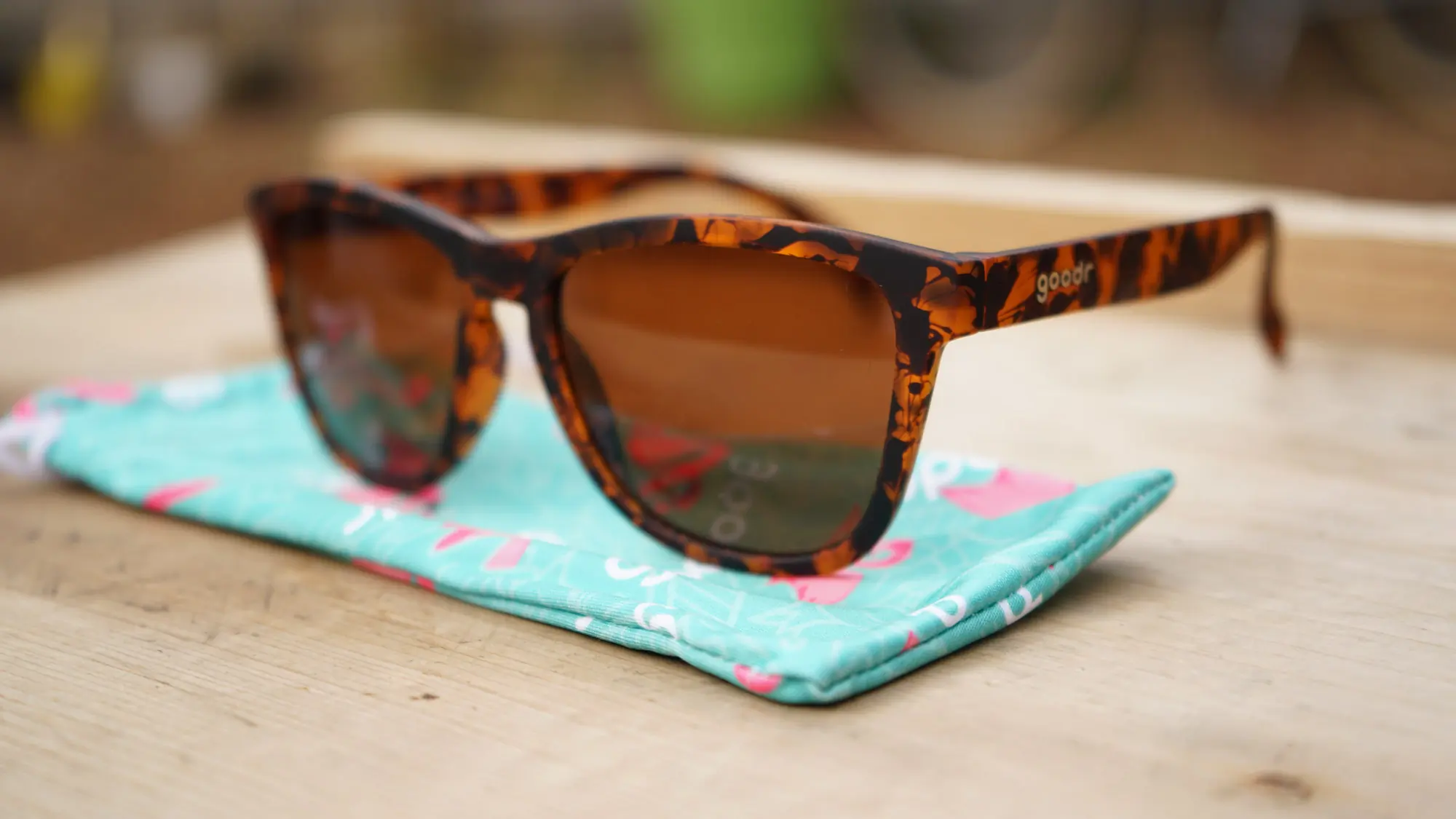



As we said, most running sunglasses are at least passable in the durability category and will treat you well for a long time if you pay attention and care for them.
The component with the widest spectrum of durability is the polarized lens. Cheaper polarized lenses can be scratched with ease and can be distorted or warped over time. Higher-quality polarized lenses still need to be protected from abrasion, but they will last a long time if you pay attention.
Unpredictable Light Conditions
For many of us, a majority of runs take place during the day with stable light conditions. For times like these, you’ll be all set with just one lens. Couldn’t run until the evening? Wear your shades ‘til you see the sun fall below the horizon, and just pop your sunglasses up onto your head.
However, If you’re someone who will run at dawn one day, 2 p.m. the next, and mix in a bandit race on the city streets late at night, it could be worth investing in a pair of sunglasses with a photochromic lens, which will adapt to the light around you.
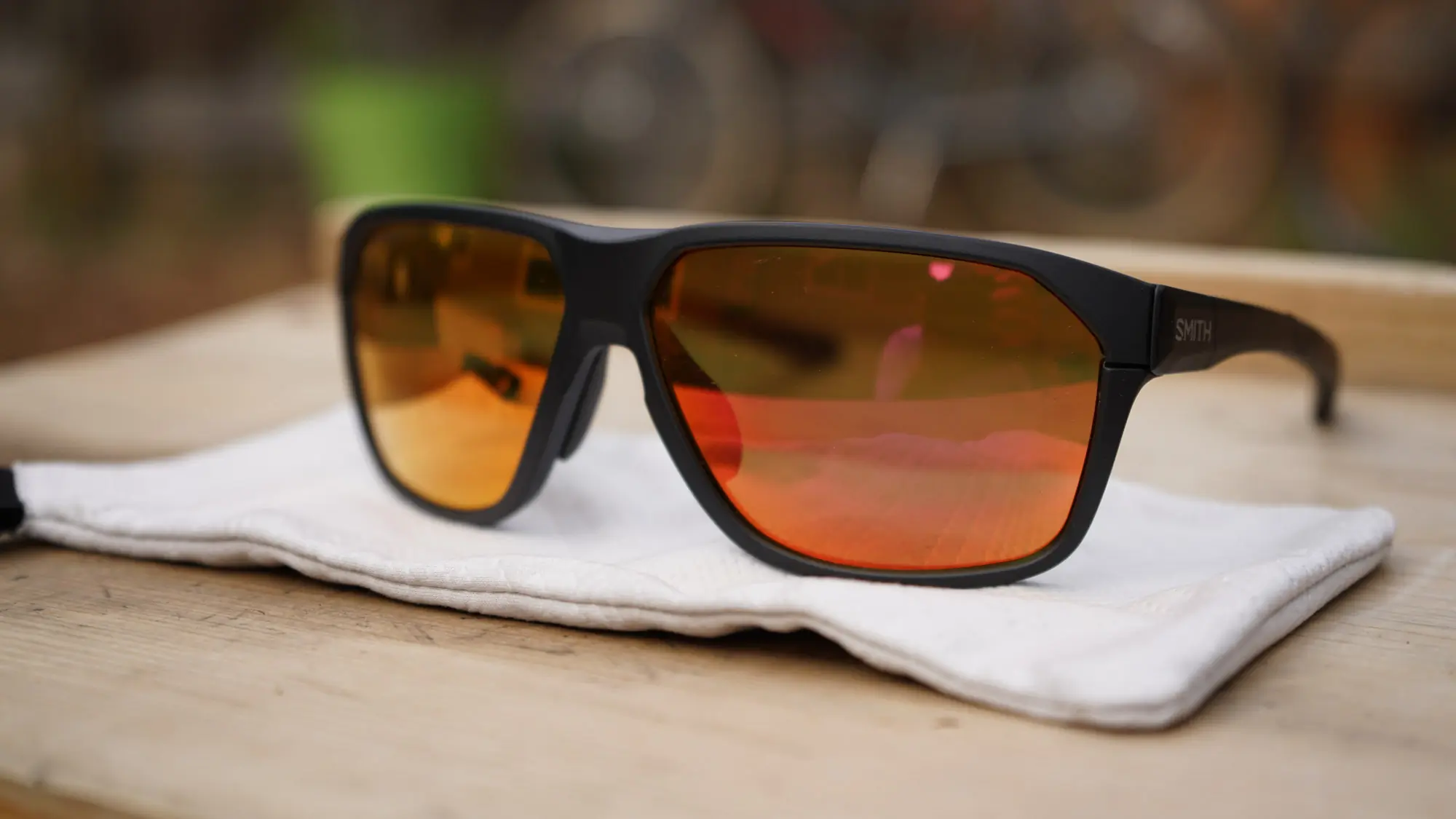



Price & Value
Sunglasses have one of the most extensive price ranges of any category, with some of our favorites ranging from $25 to upward of $600 (though there are certainly more at the lower end of that range than the high end).
The differences between the most affordable sunglasses and the ones that will break the bank are wide-ranging, so we outlined some of the key features of budget, mid-tier, and premium to make things easier for you.
Budget
Here, you’ll find sunglasses ranging from around $25-75. Goodr and Tifosi are the best in this budget range, but many other brands, including the popular Knockaround, also hit the mark. You’ll mostly find classic styles like wayfarers and aviators, but one of our favorite new standouts is the Goodr wraparounds. (We haven’t gotten much time with these yet, but we suspect they could make our list sooner rather than later.)
You’re sacrificing some quality in both materials and lenses at these prices, but if you’re someone who isn’t very picky about the details or loves to sit on your shades accidentally, you’ll get pretty great value at this price point.
Mid-Tier
Mid-tier is where you can expect to spend from $100 to $200. There are a decent number of options in this range, but in our experience, most shades fall in the budget or premium buckets — the middle tier kind of gets left behind, barring a set of premium frames that come with a few affordable lens options.
Generally, in the mid-tier, you’ll get a better-quality frame but will sacrifice when it comes to lenses, foregoing advanced features in favor of design and durability. If you don’t need serious lenses or are looking for something that is suited for low-light situations, you’ll be able to find some really good options in this range, like the Smith Seeker with the low-light-ready Rose lens.
Premium
If you don’t want to sacrifice design, materials, or lens technology, you’ll find yourself shopping in the premium range, which starts at around $200 and goes up from there. Here, you’ll find the best, most durable frames, high-quality hardware and hinges, and the best of the best when it comes to actual sun protection.
We love a $25 pair of Goodrs, but when the rubber meets the road (or the trail), there’s nothing better for your eyes than lightweight, hard-wearing frames and a lens that boasts all the top R&D in the category.
Frequently Asked Questions
Sunglasses protect your eyes from ultraviolet A and B (UVA and UVB) rays, help reduce eye fatigue, and improve clarity when running across terrain with different surfaces and flat light, scenarios that we find in the mountains, forests, and on the coast. Even budget sunglasses like the Tifosi Sanctum can provide nearly 100% protection from harmful UVA and UVB rays.
Sunglasses also physically protect eyes from tree branches and more. An errant branch to the eye can end a run prematurely and, in some cases, permanently damage eyesight. Wearing clear lenses at night may seem overkill, but you can’t put a price on protecting your eyeballs.
Sunglasses keep ultraviolet rays from penetrating your eyes and are the equivalent of sunscreen. As a literal barrier, sunglasses protect your eyes from wind, dust, sand, branches, and other debris that could scratch your corneas, causing serious damage.
Sunglasses with a large lens can provide a high level of protection from errant branches and debris flying through the air. Wearing clear lenses at night can also provide a barrier against unseen branches, bugs, and more.
A polarized lens is a great tool for activities that require keeping a keen eye on terrain distinctions, like driving, fishing, or golfing. They increase contrast and can help you pick out inconsistencies that lie a few steps ahead of you.
We love a polarized lens, but when it comes to running, it really isn’t a requirement. Some of the best brands out there are making super high tech lenses that aren’t polarized and, in many cases, these are the ones our testers love the most.
Photochromic sunglasses are basically the elite version of those old transition shades all the old folks in your life were wearing. When they’re inside reading a book, their glasses are clear. Step out into the sun for lunch and boom, they’re dark gray now. There was something both awesome and awful about those lenses.
Anyway, for our purposes, photochromic lenses are used to allow runners the freedom of running in varied light conditions without having to change their sunglasses, swap lenses, or pack their frames away completely. The lenses are designed in a way that allows them to soak in both UVA and UVB rays at the same time, resulting in a chemical reaction that darkens the surface of the lens.
When the light is reduced, the coloring fades to clear. Next thing you know, you’re crushing a nighttime trail race. With the hassle of swapping lenses out of the picture, you’re free to focus on the task at hand.
Much like what happens to your body when you fall down, sunglasses can easily scratch or ding if they hit the deck from any substantial height. Even if you only drop them from waist level, chances are you’re going to pick them up with a new ding.
Our best recommendation is to treat your shades like you treat your phone: set them down, and don’t toss ‘em all over the place. Keep the lens clean with a microfiber cloth, and break out the soap and water when necessary. Treat your shades right, and they’ll last forever. Or at least until you lose them.
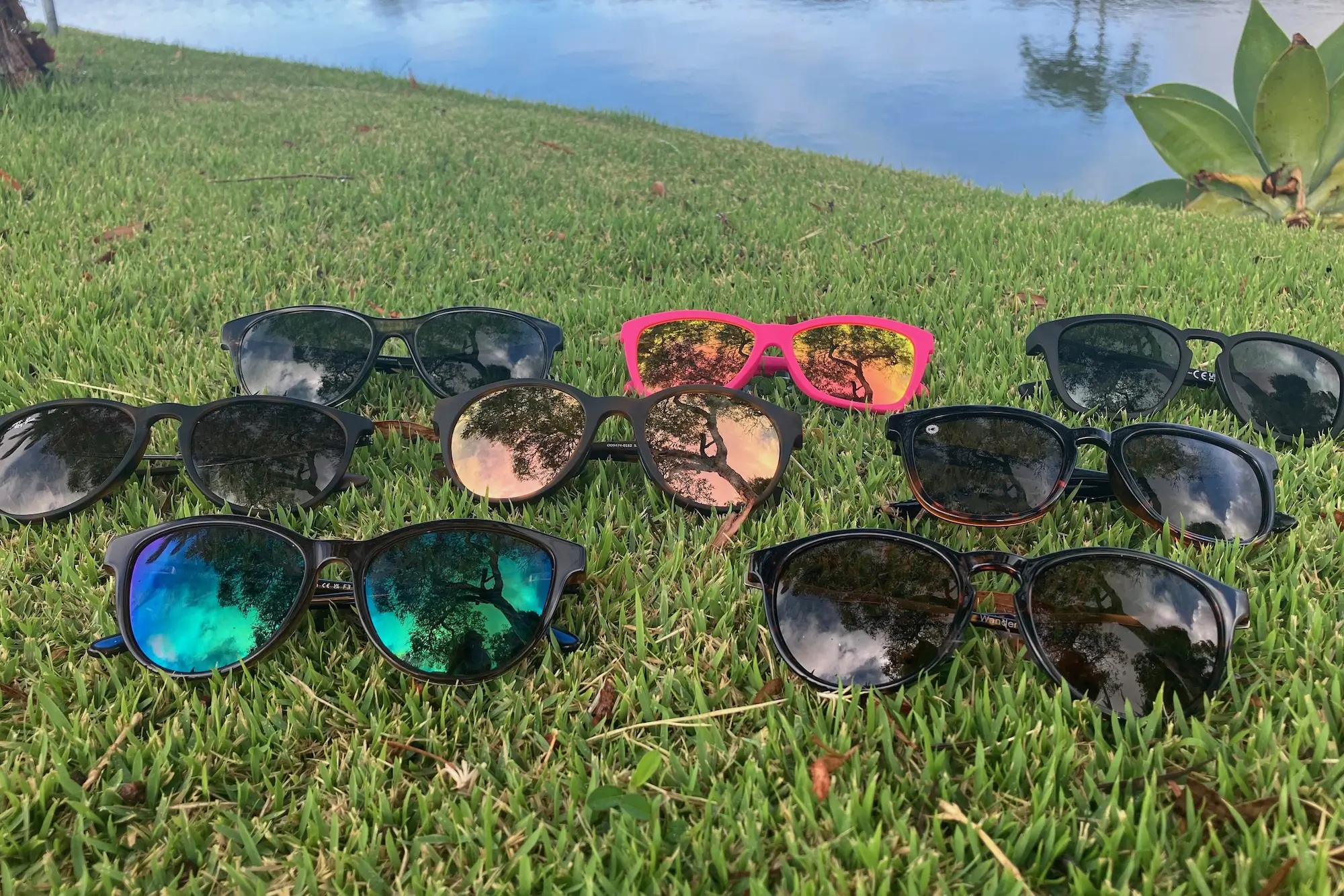

The Best Sunglasses for Women of 2025
We tested nine models from top brands, including Smith, Oakley, Ray-Ban, and more to find the best women’s sunglasses.
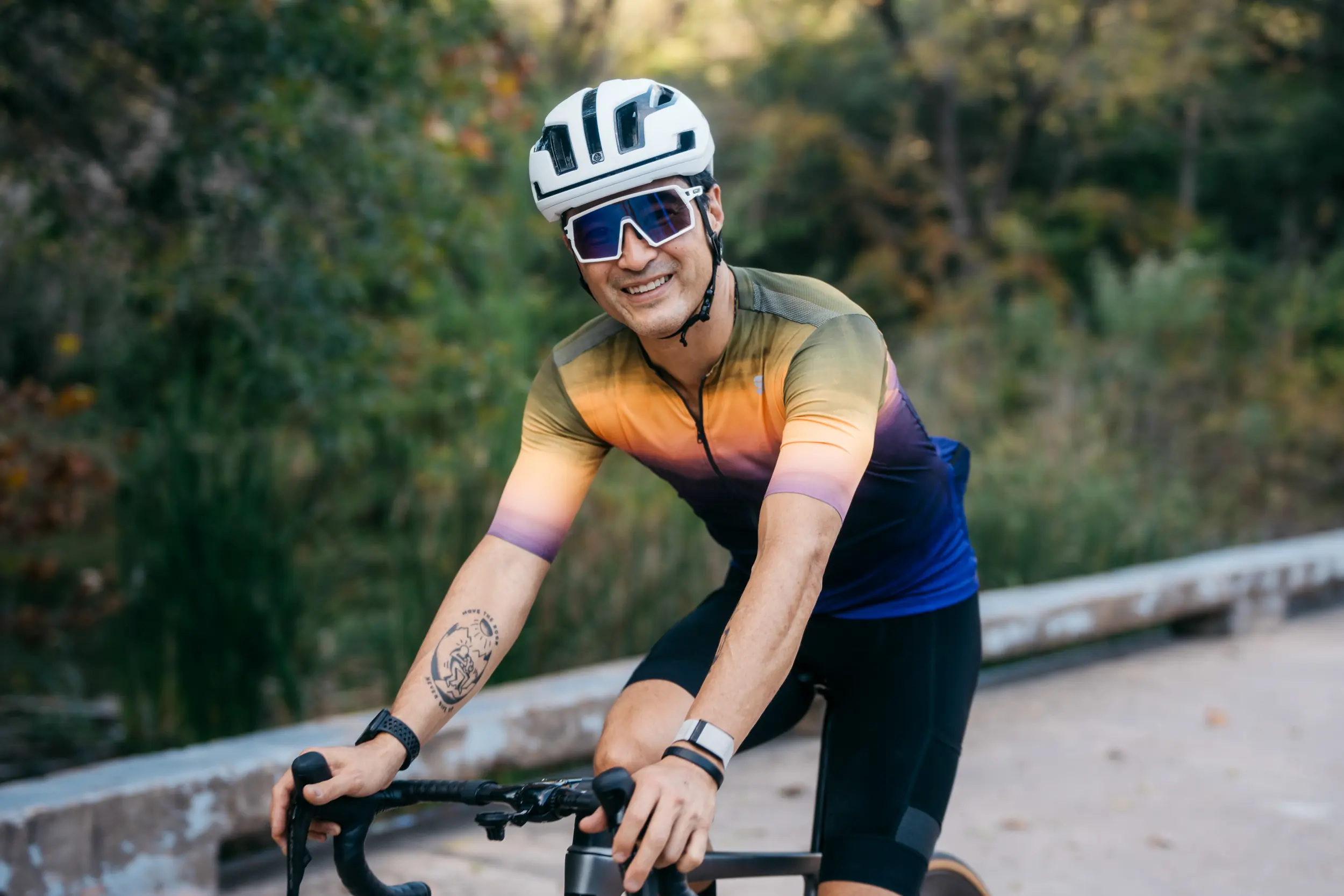

The Best Cycling Sunglasses of 2025
We tested models from top brands, like Smith, Roka, Tifosi, and more, to find the best cycling sunglasses for your next ride.

